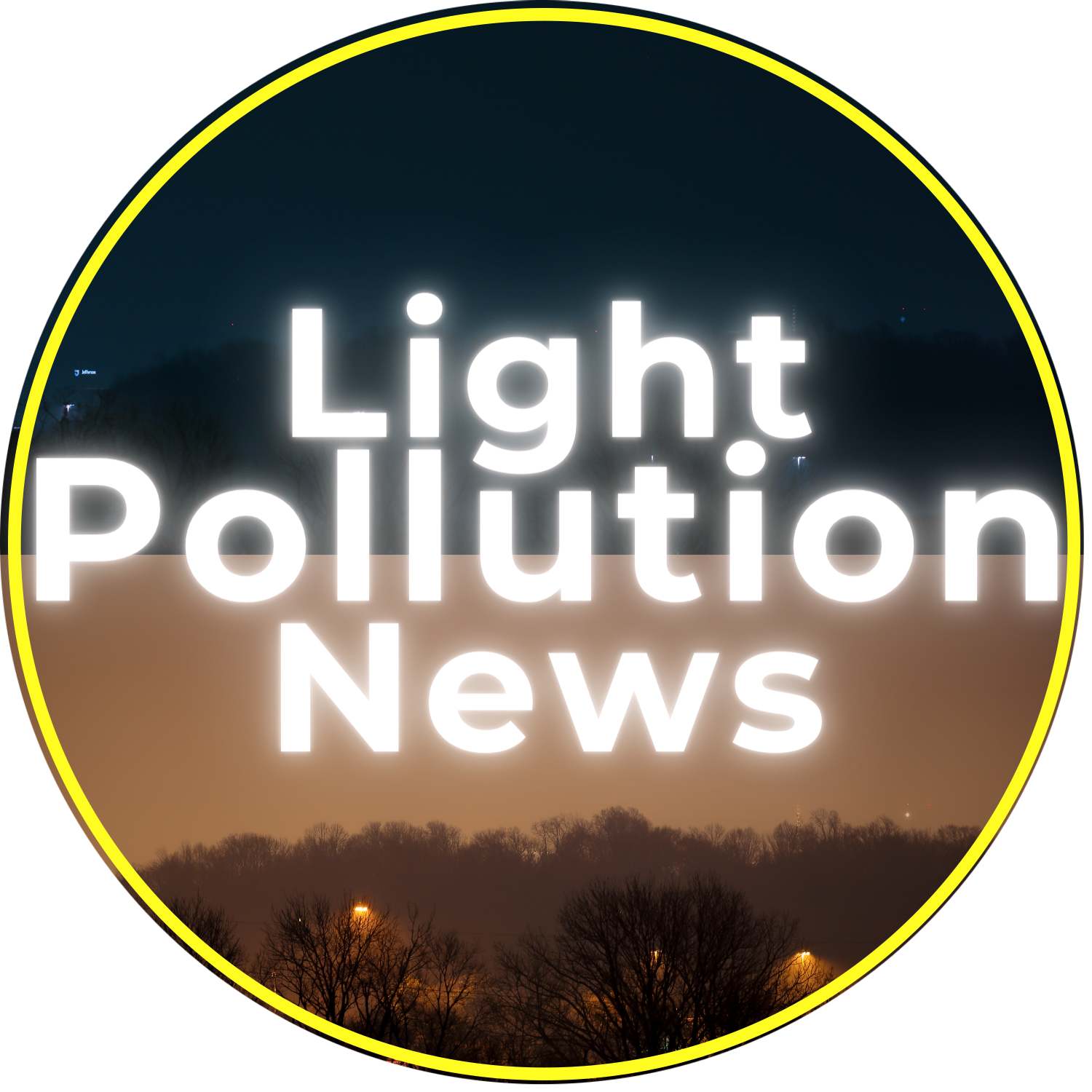What is Light Pollution?
See below for a list of common terms regarding light pollution.
Per the Philosophical Transactions of the Royal Society B, light is an environmental pollutant as it:
- Is a form of energy
- Produced by human activity
- Alters the natural concentrations already apparent in the environment
Is Light Pollution an actual pollutant or just a nuisance?
Light Pollution has direct links to ecological behavioral changes, alterations to habit, and changes in predation behavior. Blue light at night has direct links to circadian rhythm problems which have been proven to affect the mental and physical health of people.
What is Light Pollution Caused by?
The cause of light pollution is artificial light at night, be it from street lights, parking lot lights, front porch lights, and countless other outdoor light sources. See ‘What is Light Pollution?’
What Constitutes Excessive Lighting?
While all light at night impacts the environment, and by proxy, humans, excessive lighting, which is lighting that serves no purpose or is simply exceeding its purpose falls into four categories. The four impacts of excessive light in a night time environment include glare, skyglow, light trespass, and clutter. See ‘What is Light Pollution?‘
What are the effects of light pollution?
Recent research indicates that light pollution affects human health and ecosystems while also wasting energy, interfering with astronomical research, and artificially brightens the night sky to create a condition known as sky glow.
How far does light pollution reach?
Light pollution travels quite a bit. It’s what makes light pollution so ubiquitous. Light pollution commonly can extend upwards of 20-30 miles from the source.
What is the biggest source of light pollution?
Any light that emits light upwards or sideways can create light pollution, this includes any light fixture angled below 90 degrees to its mounting. Fixtures that eject purposeless or aimless light emit the most impactful light pollution. Light pollution can be contained provided the light is aimed downward, directly targeting the walkway or road. Landscape lighting should be used with extreme conservation. Artificial Light at Night affects trees, insects, and nighttime mammals. If you must use landscape lighting, aim it downward with a warm temperature bulb and set it on a timer to terminate at some point before midnight.
How can we get rid of light pollution?
Light pollution may be the easiest pollution to fix, as it simply requires the user to operate the light in a responsible manner. However, like water pollution, which suffers from multiple nonpoint sources of contamination, light pollution often suffers from multiple irresponsible and over powered lighting sources, often under the justification of emotional fear of the nighttime environment.
To help reduce lighting, use light only when and where it’s needed. Use motion sensors or timers. Utilize shielding or aim your lights directly downward (not outward). See ‘What is Light Pollution?‘
How does light pollution affect sleep?
Light pollution disrupts circadian rhythms and the production of melatonin, which can produce health related concerns. Light pollution affects sleep by decreasing the amount of time spent during the REM (rapid eye movement) phase of sleep which is the most restful and restorative phase of sleep. See ‘What is Light Pollution?‘
Common Definitions
Light Trespass: When unshielded lighting shines where it is not wanted or needed. Light trespass can result in neighbor disputes. Sometimes called nuisance lighting.
Light Pollution: The improper use of exterior lighting that negatively affects the surrounding environment. Light pollution may artificially brighten the night time sky, reducing star visibility and creating exceedingly bright cloudy nights. Such impacts can alter wildlife breeding and hunting habits, and potentially negatively affect human health.
Glare: Any excessively bright light source that causes visual discomfort or temporary blinding to the surrounding environment.
Sky Glow: The brightening of the nighttime sky due to artificial light sources.
